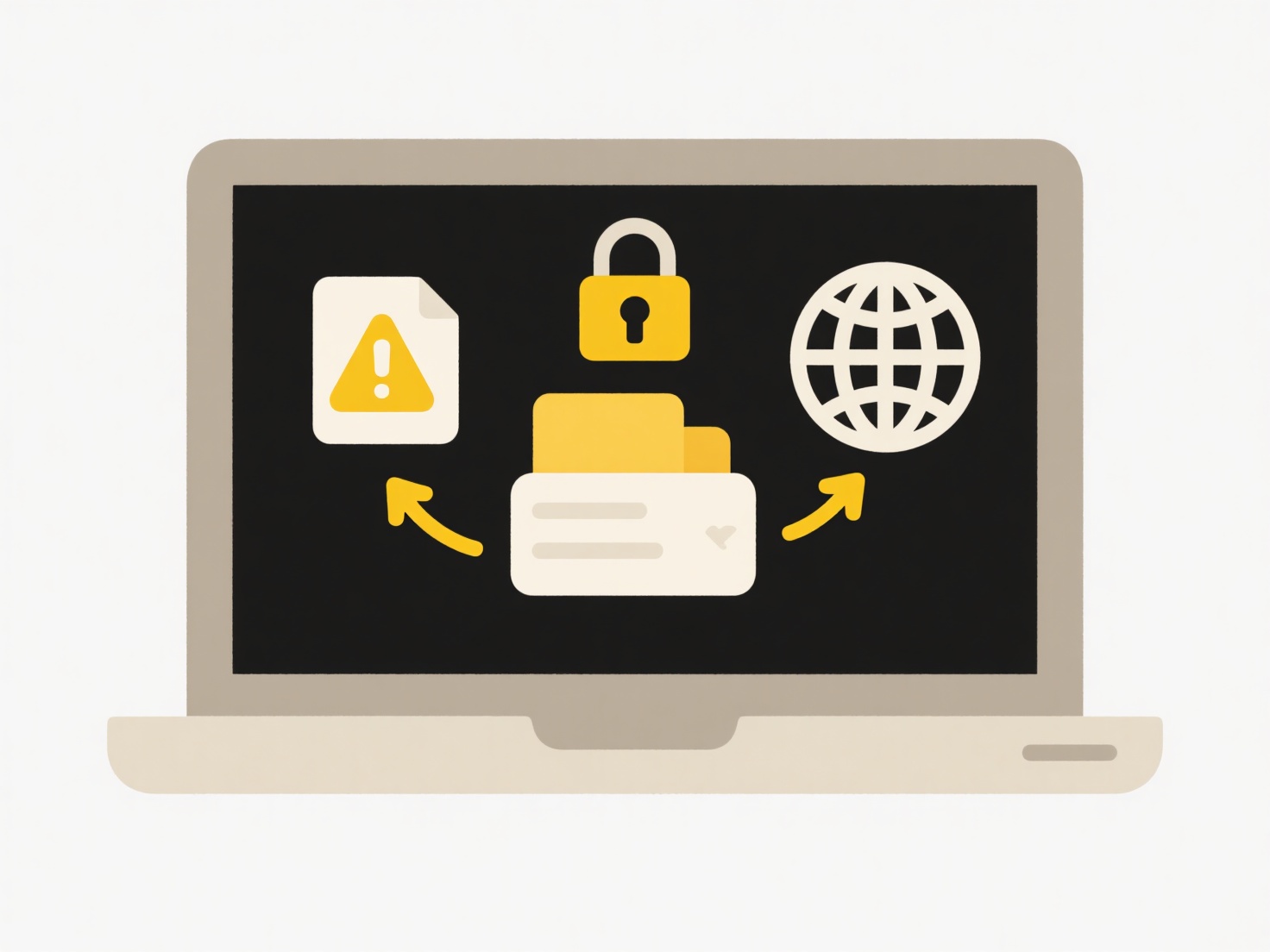
PDF (Portable Document Format) is generally considered the best file format for preserving exact layout, fonts, graphics, and overall visual formatting across different devices and operating systems. Unlike formats such as DOCX (Microsoft Word) or ODT (OpenDocument Text), which store formatting instructions that rendering software interprets, a PDF file typically embeds all necessary elements directly within the document itself. This creates a fixed-layout, self-contained snapshot of the content exactly as it was designed, preventing unintended shifts in text flow, image placement, or font substitution on systems lacking the original fonts.

PDF is extensively used in industries where precise visual consistency and document fidelity are critical. Legal contracts and agreements are routinely distributed as PDFs to ensure every party sees the identical terms without misinterpretation caused by formatting changes. Similarly, the print publishing industry heavily relies on PDFs (often using the PDF/X standard) as the final output format for brochures, magazines, and books because it accurately represents the intended print layout. Most operating systems (like Windows and macOS) and productivity suites (Microsoft Office, LibreOffice) include built-in features to create PDFs from various applications.
The primary advantage of PDF is its universal compatibility and reliable preservation of the original visual design. Major limitations include the difficulty of editing complex layouts without specialized software and potential accessibility challenges for screen readers if the PDF isn't properly tagged during creation. Future developments focus on enhancing built-in editing capabilities in web browsers and improving accessibility standards within the PDF specification itself. Security features like password protection and digital signatures are also strengths, though these can add complexity for basic users.
What file format preserves formatting best?
PDF (Portable Document Format) is generally considered the best file format for preserving exact layout, fonts, graphics, and overall visual formatting across different devices and operating systems. Unlike formats such as DOCX (Microsoft Word) or ODT (OpenDocument Text), which store formatting instructions that rendering software interprets, a PDF file typically embeds all necessary elements directly within the document itself. This creates a fixed-layout, self-contained snapshot of the content exactly as it was designed, preventing unintended shifts in text flow, image placement, or font substitution on systems lacking the original fonts.

PDF is extensively used in industries where precise visual consistency and document fidelity are critical. Legal contracts and agreements are routinely distributed as PDFs to ensure every party sees the identical terms without misinterpretation caused by formatting changes. Similarly, the print publishing industry heavily relies on PDFs (often using the PDF/X standard) as the final output format for brochures, magazines, and books because it accurately represents the intended print layout. Most operating systems (like Windows and macOS) and productivity suites (Microsoft Office, LibreOffice) include built-in features to create PDFs from various applications.
The primary advantage of PDF is its universal compatibility and reliable preservation of the original visual design. Major limitations include the difficulty of editing complex layouts without specialized software and potential accessibility challenges for screen readers if the PDF isn't properly tagged during creation. Future developments focus on enhancing built-in editing capabilities in web browsers and improving accessibility standards within the PDF specification itself. Security features like password protection and digital signatures are also strengths, though these can add complexity for basic users.
Quick Article Links
How do I rename exported files from a scanner or camera?
Renaming exported files involves assigning descriptive, customized filenames to digital images or scanned documents imme...
How do I convert a .keynote file to PowerPoint?
Converting a Keynote presentation (created using Apple's Keynote software on macOS or iOS) to Microsoft PowerPoint forma...
What’s the difference between duplicates and backup versions?
Duplicates are exact copies of a file or dataset created intentionally for immediate reuse, sharing, or distribution. Th...